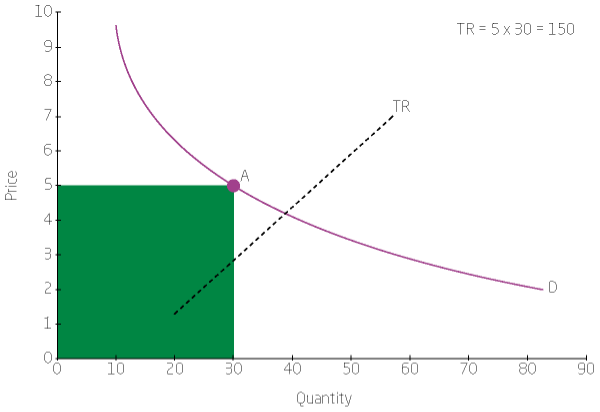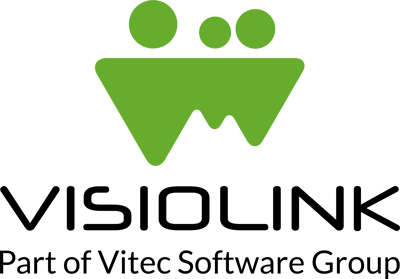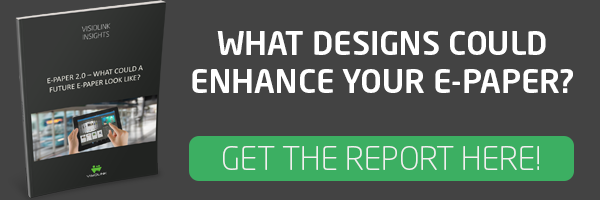While circulation figures for the typical printed newspaper continue to fall, editorial and commercial management teams will be pleased to know that the number of digital users of computers, tablets and smartphones is on the rise.
Print vs. Plus – for better or for worse
The problem, however, is that digital income streams are insufficient compensation for the loss of earnings brought in by the printed newspaper. As a result, companies are launching a number of initiatives that feature new niche portals, or so-called 'Plus' concepts, in which digital content can be packaged into special subscriptions through which users are introduced to a payment universe on their computers, tablets and mobile phones.
The idea is spot on, and it is indisputable that the editorial production of quality content requires an underlying business model in which users pay for the content – in reality, then, the question simply becomes: How much should one get for one's money – and how much should it cost?

Testing new payment concepts... however half-heartedly
Several payment concepts are currently being tried out, and the typical Plus concept generally costs somewhere between 4 and 14 EUR. Newspapers with 80,000-100,000 print subscriptions have seen upwards of 10,000 subscribers willing to pay for their digital content, and publications like Denmark's Ekstra Bladet and Politiken or Sweden's Aftonbladet have been successful in launching paid content on their websites. Aftonbladet has even expanded the concept by launching its 'Plus Premium' service, which contains both a daily dose of digital news, entertainment and sport updates, and daily access to the e-paper for tablet and smartphone users.
The hidden potential
As it is possible to attract paying mobile customers, it is clear that the number of e-paper readers continues to rise – but it is also true that upwards of 75% of users are typically found among existing print readers who receive free online access through their print subscriptions. For example, if a newspaper has 10,000 daily downloads of its online edition, this means 7,000-8,000 readers will have a 'double subscription' in which they read the print and tablet/smartphone editions, while only around 3,000 readers will have paid for a purely digital subscription. This is not to belittle a digital readership of 3,000 subscribers, but the actual potential is much greater if the marketing, sales and pricing of an e-paper are adjusted to reach the market and target groups most likely to read news digitally.
If a newspaper has, for example, 80,000 print subscribers, of which 10% also access the e-paper on a daily basis, then a typical benchmark figure would be to have 3,000 purely digital subscriptions. If a purely digital subscription were to cost e.g. 27 EUR per month, this would result in an annual revenue of over 940,000 EUR. This means that if the number of subscribers could be increased to e.g. 10,000, then the potential revenue would jump to 3,350,000 EUR a year – which is a figure that can be achieved with marginal effort and investment, as the entire editorial production cost is already covered in the publication's print production cost.
Should the price point of 27 EUR a month prove to be too high, then the situation would change, in that many more subscribers would have to be secured to achieve the same annual revenue of 3,350,000 EUR. However, the essence of the matter is the same: at the very least, a plan needs to be laid which contains the so-called 'key strategic initiatives' that will form the basis of a successful execution.
Whether the e-paper – such as in the case of Aftonbladet – should be a 'Plus Premium' concept offered at a modest additional cost of 3 EUR per month in order to include it in the Plus price of 3 EUR, or whether the price of the e-paper should be closer to that of the print subscription is something that must be assessed and truly based on an analysis of the target group's sensitivity to the price point of the e-paper. Typically, the price elasticity of the e-paper will be affected by the accessibility to products that may substitute it, and media companies should thus evaluate the uniqueness of their product as a niche or local/regional publication, so that the price point helps ensure the optimisation of Total Revenue (TR), which is based on the optimal combination of Price (P) and Quantity (Q).

Using the e-paper as a lever
With the right price point, an e-paper can generate revenue both as a stand-alone product and as a key strategic bundle that either helps attract Plus subscribers, or strengthens loyalty among print readers who occasionally wonder if they 'have the time' to read the printed newspaper on a daily basis.
The goal for the media company – and, as it were, for the reader and the community as a whole – is to have access to a journalistic product in which a qualified prioritisation of the news flow is made available both anywhere and at any time of the day. In the discussion of how we can entice users to pay for digital content, the answer appears to right in front of us – all we're missing is the final packaging of the product, which actually has enormous potential, both editorially and commercially.




